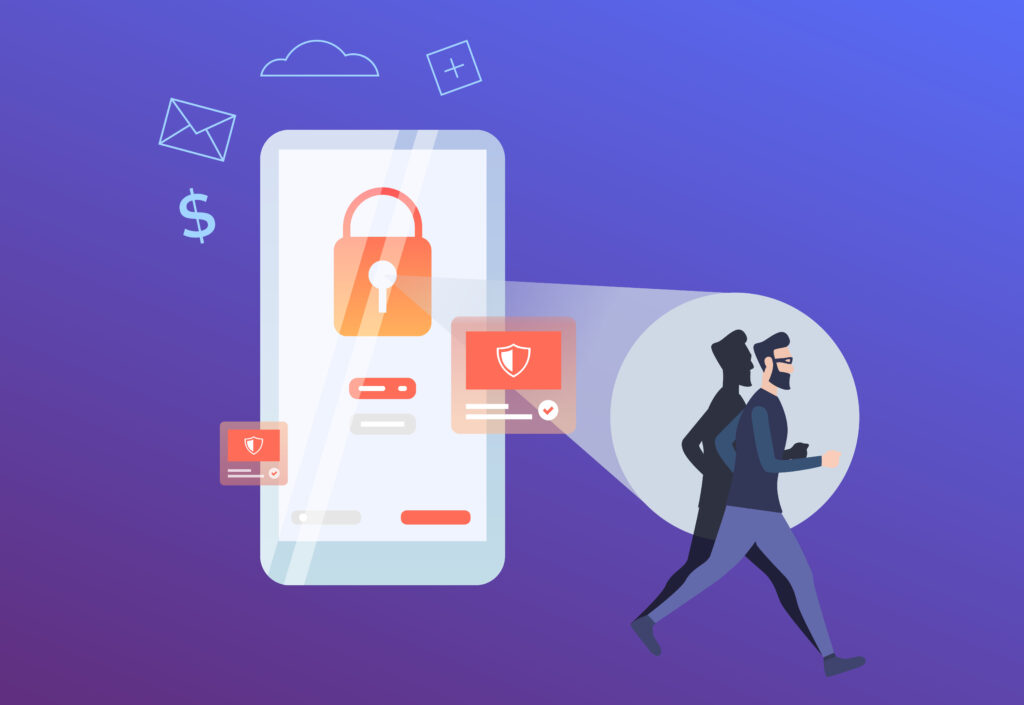The convenience of online shopping has revolutionized the way we buy products, offering a vast array of choices and the ease of ordering from the comfort of our homes. However, this convenience comes with a downside online shopping scams. Scammers are continually devising new ways to trick unsuspecting shoppers. In this comprehensive guide, we’ll explore how to protect yourself from online shopping scams and shop safely in the digital era.

- Shop from Trusted Websites
The first step in protecting yourself from online shopping scams is to stick to reputable websites. Look for well-known, established online retailers like Amazon, eBay, and Walmart. Before making a purchase from an unfamiliar site, do some research. Check for customer reviews, verify the website’s contact information, and ensure it has secure payment options.
- Secure Your Devices
Before you start shopping online, make sure your device is secure:
a. Update Software: Regularly update your device’s operating system, web browsers, and antivirus software to have the latest security patches.
b. Use Strong Passwords: Create strong, unique passwords for your online shopping accounts. Avoid using easily guessable combinations, and consider using a password manager to keep track of them.
c. Enable Two-Factor Authentication (2FA): Whenever possible, enable 2FA for your accounts. It adds an extra layer of security by requiring a secondary verification method, like a text message or app-generated code.
- Beware of Phishing Emails
Scammers often use phishing emails to trick you into revealing personal information. Be cautious:
a. Verify Email Addresses: Double-check the sender’s email address. Legitimate companies usually use domain names that match their brand.
b. Avoid Clicking Suspicious Links: Don’t click on links or download attachments from unsolicited emails. Hover over links to see where they lead before clicking.
c. Check for Misspellings and Grammar Mistakes: Scammers often make errors in their emails. Be vigilant for these red flags.
d. Contact the Company Directly: If you receive an email asking for personal or financial information, contact the company directly through their official website or customer service phone number to verify the request.
- Use Secure Payment Methods
When making online purchases, use secure payment methods that offer fraud protection:
a. Credit Cards: Credit cards often provide better fraud protection than debit cards. Check your credit card statements regularly for unauthorized charges.
b. Payment Services: Consider using secure payment services like PayPal or Apple Pay, which add an extra layer of security by not sharing your financial information with the seller.
- Avoid Unbelievable Deals
If a deal seems too good to be true, it probably is. Scammers lure victims with incredibly low prices to get their personal and financial information. Be skeptical of websites or ads offering products at prices significantly lower than competitors.
- Read Reviews and Ratings
Before making a purchase, read product reviews and ratings from other customers. Pay attention to both positive and negative reviews, and consider the overall consensus. Be cautious if a product has no reviews or only positive ones.
- Keep Personal Information Private
Only provide the necessary information for your purchase. Legitimate online retailers typically do not need your Social Security number, personal identification numbers (PINs), or other sensitive data.
- Check Website Security
Look for signs of website security before entering personal or financial information:
a. SSL Certificate: Ensure the website uses Secure Socket Layer (SSL) encryption. Look for “https://” in the website’s URL and a padlock icon in the address bar.
b. Contact Information: Verify the website’s contact information. Scammers often lack legitimate phone numbers or physical addresses.
- Research the Seller
If you’re buying from an individual seller on a marketplace platform like eBay or Craigslist, research their reputation. Check their seller ratings and feedback from previous buyers.
10. Monitor Your Accounts
Regularly monitor your bank and credit card statements for any unauthorized charges. If you notice any suspicious activity, report it immediately to your financial institution.
Conclusion
Online shopping offers convenience and accessibility, but it also presents the risk of falling victim to scams. By following these tips and staying vigilant, you can protect yourself from online shopping scams and enjoy the benefits of e-commerce without the fear of becoming a victim. Remember that staying informed and cautious is your best defense against online scammers.